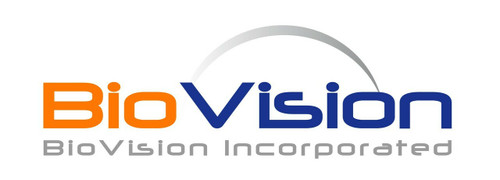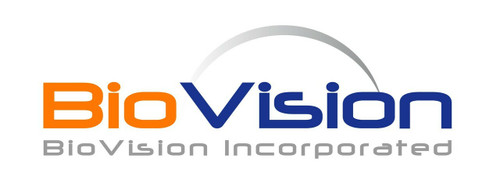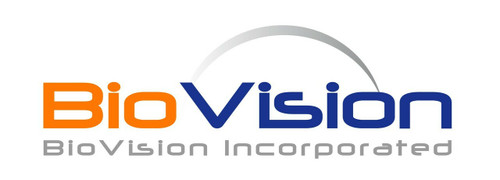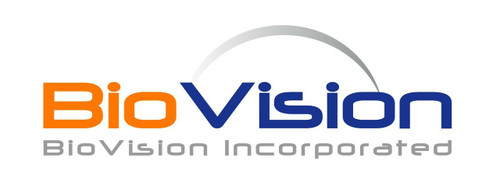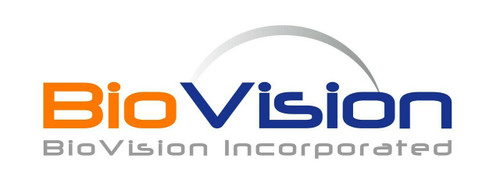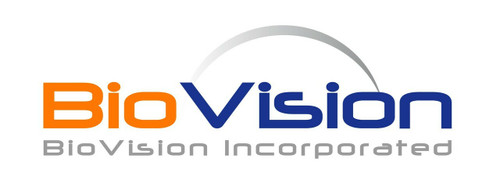Product Description
Interleukin 15, also known as IL15, IL-15, and is a cytokine with structural similarity to IL-2. Like IL-2, IL-15 binds to and signals through the IL-2/IL-15 beta chain (CD122) and the common gamma chain (gamma-C, CD132). IL-15 is secreted by mononuclear phagocytes (and some other cells) following infection by virus (es). This cytokine induces cell proliferation of natural killer cells; cells of the innate immune system whose principal role is to kill virally infected cells. Interleukin 15 (IL-15) regulates T and natural killer (NK) cell activation and proliferation. Survival signals that maintain memory T cells in the absence of antigen are provided by IL-15. This cytokine is also implicated in NK cell development. In rodent lymphocytes, IL-15 prevents apoptosis by inducing an apoptosis inhibitor, BCL2L1/BCL-x (L). IL-15 has been shown to enhance the anti-tumor immunity of CD8+ T cells in pre-clinical models. A phase I clinical trial to evaluate the safety, dosing, and anti-tumor efficacy of IL-15 in patients with metastatic melanoma and renal cell carcinoma (kidney cancer) has begun to enroll patients at the National Institutes of Health
Biovision | 7273 | Human CellExp IL-15 human recombinant DataSheet
Biomolecule/Target: IL-15
Synonyms: IL-15, IL15, Interleukin-15
Alternates names: IL-15, IL15, Interleukin-15
Taglines: Induces cell proliferation of natural killer cells
NCBI Gene ID #: 3553
NCBI Gene Symbol: IL1B
Gene Source: Human
Accession #: P01584
Recombinant: Yes
Source: HEK 293 cells
Purity by SDS-PAGEs: 98%
Assay: SDS-PAGE
Purity: N/A
Assay #2: N/A
Endotoxin Level: < 0.1 ng/g of protein (<1EU/g) by LAL method
Activity (Specifications/test method): The bio-activity was determined by dose-dependent stimulation of the proliferation of mouse CTLL-2 cells. The ED50 <0.5ng/ml, corresponding to a specific activity of >2X10^6 units/mg
Biological activity: The bio-activity was determined by dose-dependent stimulation of the proliferation of mouse CTLL-2 cells. The ED50 <0.5ng/ml, corresponding to a specific activity of >2X10^6 units/mg
Results: N/A
Binding Capacity: N/A
Unit Definition: N/A
Molecular Weight: Calculated MW of 12.8 kDa with no tag. The predicted N-terminus is Asn49. DTT-reduced protein migrates as 16 kDa due to glycosylation.
Concentration: N/A
Appearance: Lyophilized powder
Physical form description: Lyophilized from 0.22 m filtered solution in 20 mM Tris, 100 mM NaCl, pH 8.0. Generally 5-8% Mannitol or trehalose is added as a protectant before lyophilization.
Reconstitution Instructions: Centrifuge the vial prior to opening. Reconstitute in sterile deionized water to a concentration of 100 µg/ml. Do not vortex. This solution can be stored at 2-8°C for up to 1 month. For extended storage, it is recommended to store at -20°C.
Amino acid sequence: N/A
 Euro
Euro
 USD
USD
 British Pound
British Pound
 NULL
NULL



